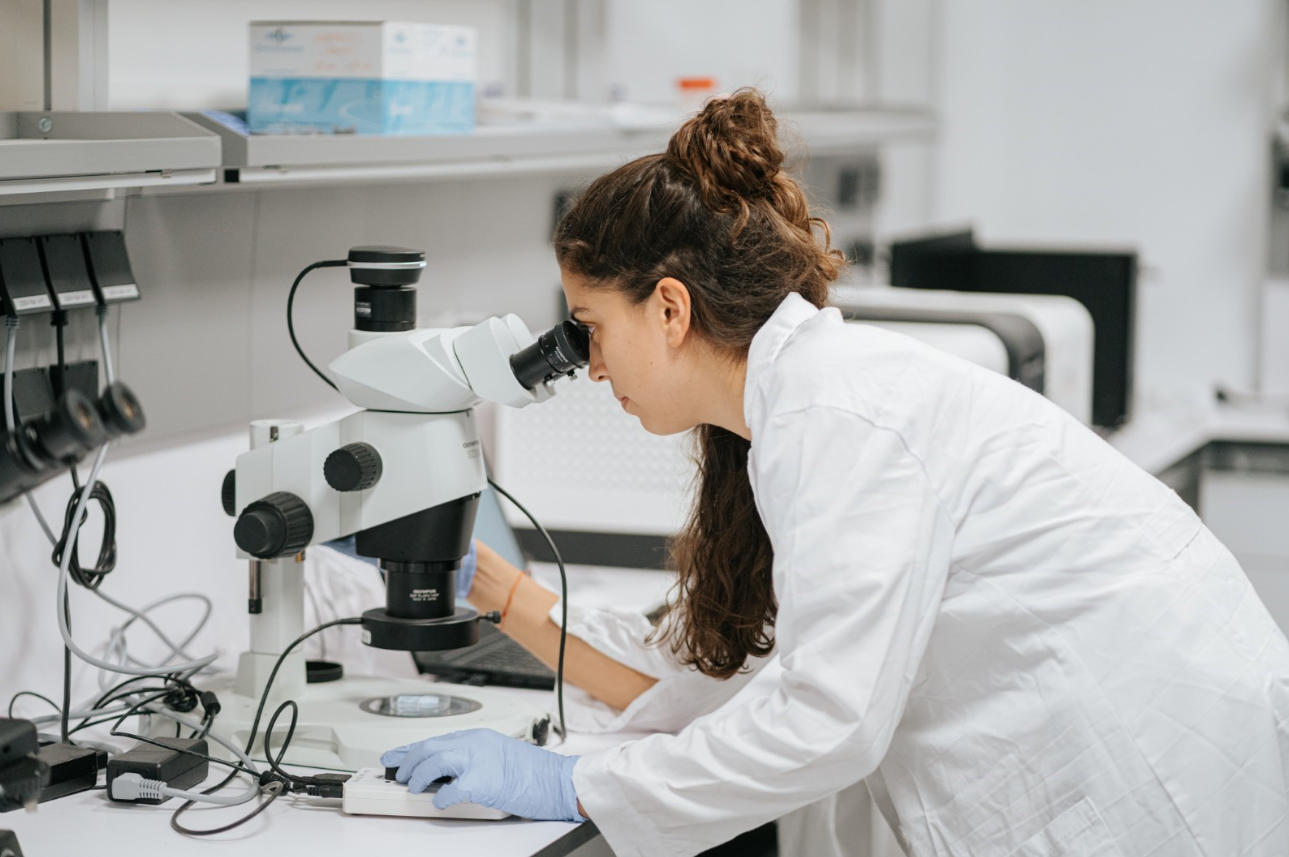- Sectors
- Aerospace & Defense
- Big science
- Biotechnology
- Fintech
- Insights

Imagine a world where a simple infection could be mortal. It sounds alarming, but it’s an increasingly imminent reality. Antibiotic resistance is emerging as one of the greatest threats to global health, already causing around 700,000 deaths per year, according to the World Health Organization (WHO). Without effective strategies to curb this crisis, it could become the leading cause of death by 2050, surpassing cardiovascular diseases, with up to 10 million annual deaths.
For nearly a century, antibiotics have been our best defense against infections, but their effectiveness is declining, leading us toward a large-scale health crisis.
Antibiotic resistance is the ability of bacteria to survive and multiply despite the presence of antibiotics. This resistance can be either natural or acquired. Natural resistance is a genetic defense that some bacteria have had even before the existence of antibiotics, due to their inherent characteristics. In contrast, acquired resistance occurs when a bacterium that was initially susceptible, develops mechanisms to evade the antibiotic’s effects. This type of resistance is the most common and is closely related to the overuse and misuse of antibiotics.
Acquired resistance arises due to the selective pressure that antibiotics exert on bacteria. This evolutionary process favors the survival and proliferation of microorganisms with adaptive advantages in a given environment. In the case of antibiotic resistance, the inappropriate use of these drugs creates a scenario where bacteria can mutate through genetic changes, making them capable of surviving and multiplying, thereby accelerating the spread of resistance. Resistance does not mean that antibiotics have completely lost their effectiveness but rather that the bacteria responsible for infections are no longer susceptible to their action. It is not the emergence of new bacteria but rather the adaptation of previously treatable species that have now developed mechanisms to evade the effects of medications, sometimes even multiple antibiotics at once. These bacteria, capable of resisting multiple drugs, are known as superbugs.
Infections caused by these bacteria are known as resistant infections, making them more difficult—or even impossible—to treat. This has led to an increase in infections such as pneumonia, tuberculosis, gonorrhea, and salmonellosis, whose treatment is becoming increasingly complex.
Despite being a natural process, the improper use of antibiotics since their discovery has generated strong selective pressure, favoring the proliferation of resistant bacteria. When antibiotics are overused or misused, sensitive bacteria die, but those with resistance mechanisms survive and multiply. This problem is driven by self-medication, incomplete treatments, unnecessary use for viral infections, and indiscriminate administration in livestock.
To curb resistance, responsible antibiotic use is crucial—avoiding unnecessary use, self-medication, and treatment discontinuation. It is also essential to reduce their use in livestock and promote the development of new therapies. Without effective measures, antibiotic resistance will continue to rise, threatening treatment effectiveness and global public health.
Although antibiotic resistance is not a pandemic in the strict sense, it could become a “silent crisis.” Unlike viral pandemics like COVID-19, this crisis has not triggered an immediate and visible response. However, the spread of superbugs resistant to multiple antibiotics could have devastating consequences. Treating common infections such as pneumonia, urinary tract infections, or tuberculosis could become life-threatening, overwhelming healthcare systems.
Additionally, the lack of development of new antibiotics worsens the problem, putting essential medical procedures such as surgeries, transplants, and cancer treatments at risk.
Danilo Lo Fo Wong, Regional Adviser for the Control of Antimicrobial Resistance at the WHO, warns:
“Unless we start taking significant action to improve infection prevention and change how we produce, prescribe, and use antibiotics, the world will lose the progress made in global public health. The implications of that will be devastating.”
As previously mentioned, the excessive use of antibiotics is one of the main reasons for resistance to these drugs. The following practices increase the risk, affecting both humans and animals:
Measures can be taken at all levels of society to reduce the impact of this phenomenon and limit its spread:
The healthcare sector plays a crucial role in developing new antibiotics, vaccines, and diagnostic olos. Supporting scientific innovation is essential to ensure we have therapeutic options available and stay ahead of evolving resistant bacteria.
It is urgent for governments, healthcare professionals, and the pharmaceutical industry to work together to mitigate this problem. Through investment in research, public policies, and better practices, we can prevent bacterial resistance from becoming a global health crisis.
ARQUIMEA Research Center, located in the Canary Islands, is dedicated to biotechnology research. The center focuses on developing biological solutions to address global challenges, particularly through the discovery of innovative drugs using extremophile bacteria—microorganisms that thrive in extreme environments. By studying these organisms, ARQUIMEA identifies new substances with high therapeutic potential for treating various diseases, contributing to medical advancements and the fight against bacterial resistance.
Additionally, all ARQUIMEA Research Center projects are part of QCIRCLE, an initiative funded by the European Union to establish a center of scientific excellence in Spain.